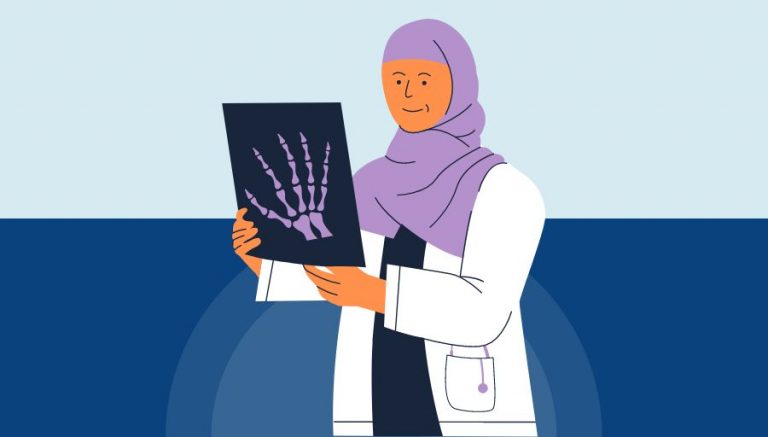How To Use CPT Code 90957
CPT 90957 describes the monthly end-stage renal disease (ESRD) related services provided to patients between the ages of 12 and 19. This article will cover the description, procedure, qualifying circumstances, appropriate usage, documentation requirements, billing guidelines, historical information, similar codes and billing examples.
1. What is CPT Code 90957?
CPT 90957 can be used to describe the monthly management of end-stage renal disease (ESRD) for patients between the ages of 12 and 19. This code is used when a physician or other qualified healthcare professional has four or more face-to-face visits with the patient during the month to monitor nutrition adequacy, assess growth and development, and provide counseling to parents.
2. Official Description
The official description of CPT code 90957 is: ‘End-stage renal disease (ESRD) related services monthly, for patients 12-19 years of age to include monitoring for the adequacy of nutrition, assessment of growth and development, and counseling of parents; with 4 or more face-to-face visits by a physician or other qualified health care professional per month.’
3. Procedure
- The physician or qualified healthcare professional manages all outpatient ESRD related services for a one-month period for patients between the ages of 12 and 19.
- During this period, the provider has four or more face-to-face visits with the patient to monitor the disease, establish or modify the dialysis schedule, review laboratory tests, assess nutrition requirements, and monitor growth and development.
- The provider also provides ongoing counseling and support to the parents or caregivers, coordinates care, and plans for the patient’s transition to adult care.
4. Qualifying circumstances
Patients eligible to receive CPT 90957 services are those between the ages of 12 and 19 who have been diagnosed with end-stage renal disease (ESRD). The physician or qualified healthcare professional must have four or more face-to-face visits with the patient during the month to monitor nutrition adequacy, assess growth and development, and provide counseling to parents or caregivers.
5. When to use CPT code 90957
CPT code 90957 should be used when a physician or qualified healthcare professional has four or more face-to-face visits with a patient between the ages of 12 and 19 to provide monthly end-stage renal disease (ESRD) related services. This code should not be used for dialysis treatment, which has separate codes (90935-90937).
6. Documentation requirements
To support a claim for CPT 90957, the physician or qualified healthcare professional must document the following information:
- Diagnosis of end-stage renal disease (ESRD)
- Date and duration of each face-to-face visit during the month
- Details of the services provided during each visit, including monitoring of nutrition adequacy, assessment of growth and development, and counseling of parents or caregivers
- Review of laboratory tests, medications, and supplements
- Progress and adjustments made to the dialysis schedule
- Monitoring of growth, developmental progress, and pubertal development
- Telephone and electronic communications regarding the patient
- Care coordination and counseling of parents or caregivers
- Planning and monitoring of progress for future transition to adult care
7. Billing guidelines
When billing for CPT 90957, ensure that the physician or qualified healthcare professional has four or more face-to-face visits with the patient during the month. This code should not be reported with dialysis treatment codes (90935-90937). It is important to accurately document the services provided and meet the documentation requirements outlined above.
8. Historical information
CPT 90957 was added to the Current Procedural Terminology system on January 1, 2009. There have been no updates or changes to the code since its addition.
9. Examples
- A physician has four face-to-face visits with a 15-year-old patient with end-stage renal disease (ESRD) during a month to monitor nutrition adequacy, assess growth and development, and provide counseling to parents.
- A qualified healthcare professional sees a 17-year-old patient with ESRD four times during a month to review laboratory tests, adjust the dialysis schedule, and provide ongoing counseling and support to the parents.
- A physician has five face-to-face visits with a 14-year-old patient with ESRD to monitor growth and development, assess nutrition requirements, and coordinate care with the parents.



